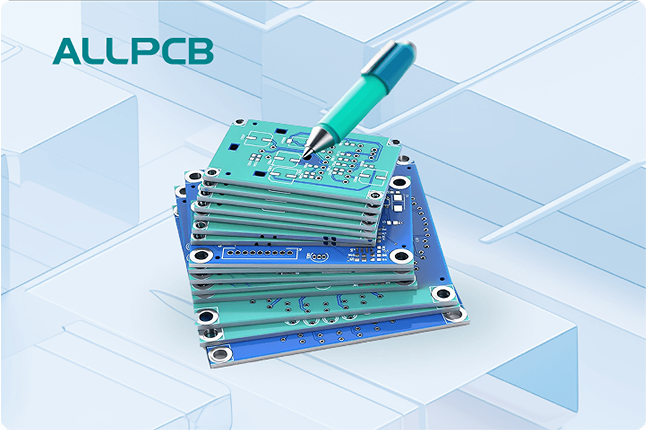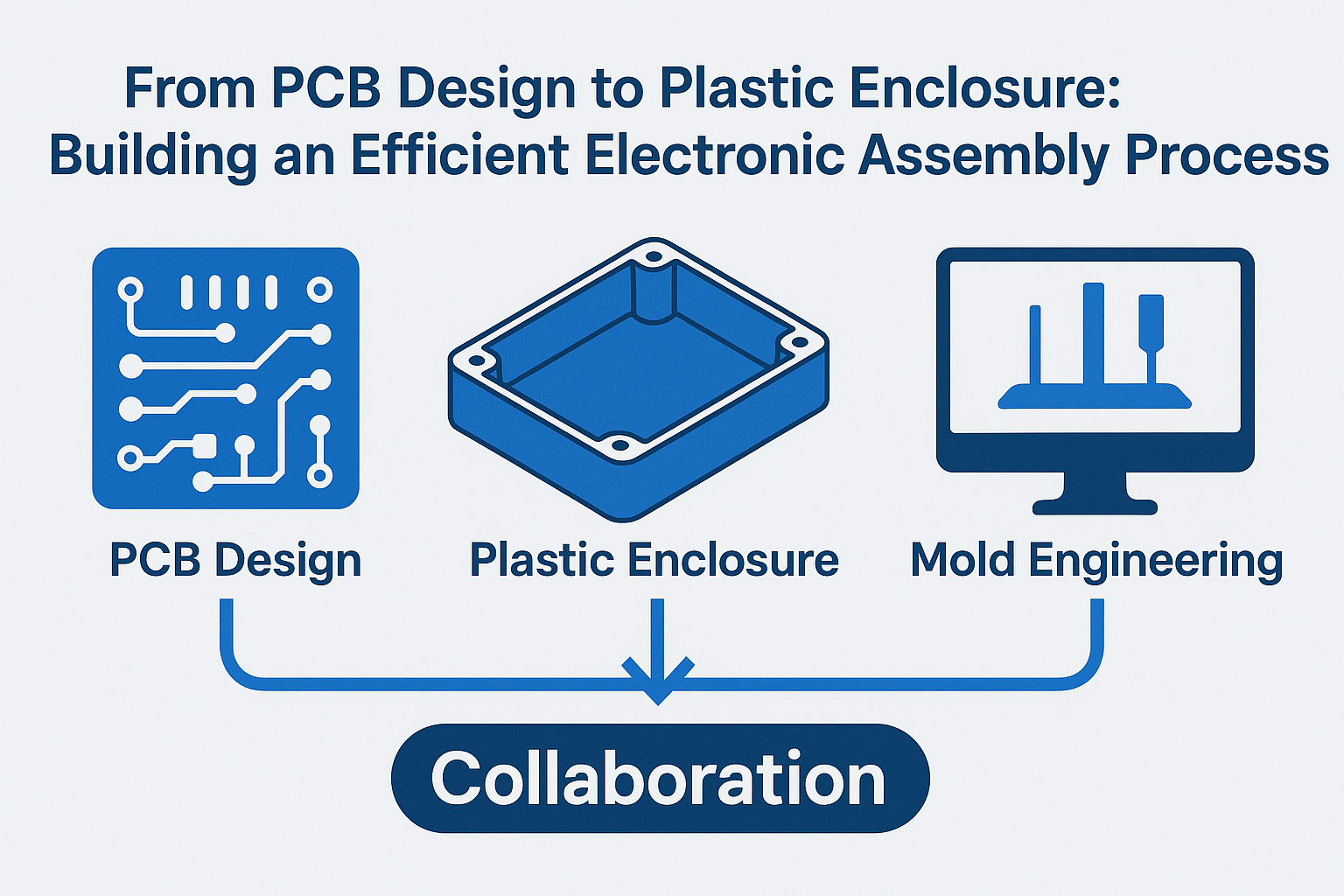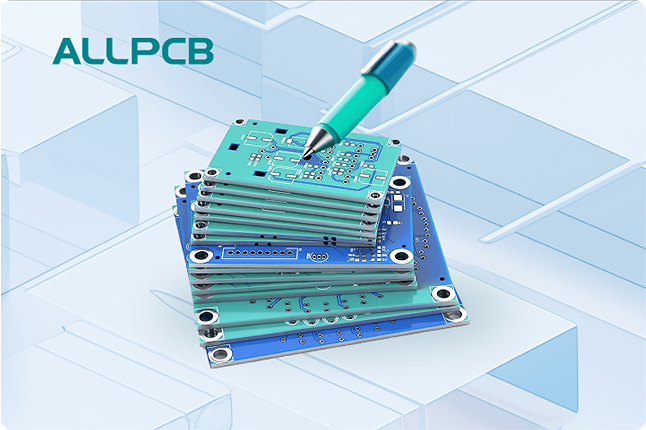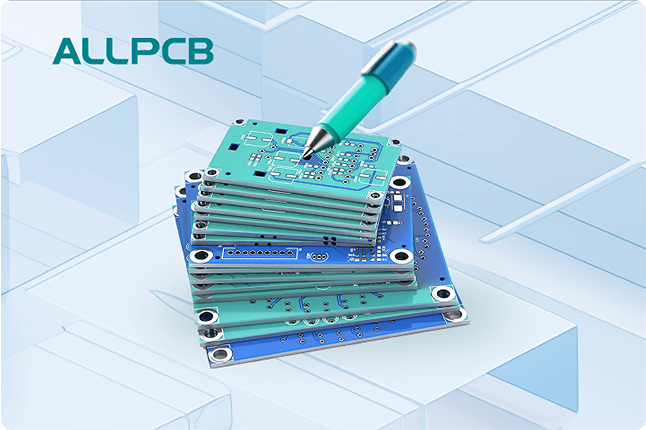In the world of PCB design, controlled impedance is a critical concept that ensures your electronic devices work flawlessly, especially in high-speed applications. Simply put, controlled impedance refers to the careful management of electrical resistance and reactance in a printed circuit board (PCB) to maintain signal integrity. But why does it matter, and how does it impact your design? In this blog, we’ll dive deep into the importance of controlled impedance, how it works, and practical tips for achieving it in your PCB projects.
What Is Controlled Impedance in PCB Design?
Controlled impedance in PCB design is the process of designing traces on a circuit board to have a specific electrical impedance value. Impedance, measured in ohms (Ω), is the opposition to the flow of alternating current (AC) in a circuit. It’s a combination of resistance and reactance (caused by inductance and capacitance) and plays a huge role in how signals travel through a board.
In high-speed digital and analog circuits, maintaining consistent impedance is vital to prevent signal distortion, reflections, and electromagnetic interference (EMI). Without controlled impedance, signals can degrade, leading to data errors or complete system failure. For example, in a high-speed USB 3.0 design, the differential impedance is often set to 90 Ω ± 10% to ensure reliable data transfer at speeds up to 5 Gbps.
Understanding and implementing controlled impedance means designing your PCB with precise trace widths, spacing, and material properties to match the desired impedance value. Let’s explore why this is so important.
Why Does Controlled Impedance Matter?
In modern electronics, devices operate at increasingly high speeds and frequencies. Whether it’s a smartphone, a server, or a medical device, the demand for faster data transfer and reliable performance is ever-growing. Controlled impedance directly impacts several key aspects of PCB performance:
- Signal Integrity: Mismatched impedance can cause signal reflections, where part of the signal bounces back along the trace, leading to noise and data corruption. Controlled impedance minimizes these reflections.
- Reduced EMI: Proper impedance control helps reduce electromagnetic interference, which can disrupt nearby circuits or devices.
- Power Efficiency: By maintaining consistent impedance, power loss due to signal degradation is minimized, improving overall efficiency.
- Reliability: Devices with controlled impedance are less prone to errors, ensuring long-term reliability even in demanding environments.
For instance, in a 5G communication board, maintaining a characteristic impedance of 50 Ω for RF traces is critical to handle frequencies in the range of 3.5 GHz to 28 GHz without significant signal loss.
How Does Impedance Work in a PCB?
To grasp controlled impedance, it’s helpful to understand what influences impedance in a PCB. Impedance isn’t just about the trace itself; it’s affected by the entire environment around it. Here are the key factors:
- Trace Width and Thickness: Wider traces have lower impedance, while narrower traces increase it. For example, a 10-mil wide trace on a standard 1 oz copper layer might have an impedance of around 50 Ω, depending on other factors.
- Dielectric Material: The substrate material (like FR-4) between traces and ground planes has a dielectric constant (Dk), typically around 4.2 to 4.5 for FR-4, which affects impedance. A lower Dk reduces impedance.
- Trace Spacing: The distance between a trace and its reference plane (like a ground plane) impacts capacitance and, therefore, impedance. Closer spacing lowers impedance.
- Frequency: At higher frequencies, impedance can vary due to skin effect and other parasitic effects, making control even more crucial.
Controlled impedance design involves calculating these parameters to achieve a target impedance value, often specified by the application or standard (e.g., 100 Ω for differential pairs in Ethernet designs).
Types of Controlled Impedance in PCB Design
There are two main types of controlled impedance you’ll encounter in PCB design, each suited to different applications:
1. Single-Ended Impedance
This refers to the impedance of a single trace relative to a reference plane, typically used for simpler signals. A common value is 50 Ω, widely used in RF applications and coaxial cable connections. Single-ended impedance is easier to calculate and implement but may not suffice for high-speed differential signals.
2. Differential Impedance
Differential impedance applies to paired traces carrying complementary signals, such as in USB, HDMI, or Ethernet designs. The impedance between the two traces is controlled, often set to values like 85 Ω or 100 Ω, depending on the standard. Differential pairs are less susceptible to noise, making them ideal for high-speed data transfer.
How to Achieve Controlled Impedance in Your PCB Design
Designing for controlled impedance isn’t just a “set it and forget it” task. It requires careful planning and collaboration between designers and manufacturers. Here are actionable steps to ensure success:
1. Define Impedance Requirements Early
Start by identifying the impedance values needed for your design based on the application. For example, high-speed DDR4 memory designs often require 40 Ω to 60 Ω single-ended impedance. Check industry standards or component datasheets for guidance.
2. Use Impedance Calculators or Simulation Tools
Modern design software often includes tools to calculate trace impedance based on width, thickness, dielectric properties, and stack-up. These tools can simulate how changes in design affect impedance, helping you fine-tune your layout.
3. Optimize PCB Stack-Up
The arrangement of copper layers and dielectric materials in your PCB stack-up significantly impacts impedance. Ensure ground planes are close to signal layers to provide a stable reference and reduce impedance variations. A typical 4-layer board might have signal layers on top and bottom with ground and power planes in the middle.
4. Specify Materials Carefully
Choose dielectric materials with consistent properties. Standard FR-4 is fine for many applications, but for high-frequency designs, consider low-loss materials with a dielectric constant closer to 3.5 or lower to minimize signal distortion.
5. Collaborate with Your Manufacturer
Manufacturing tolerances can affect impedance. Provide clear specifications for trace widths, spacing, and material requirements. Request impedance testing (like TDR testing) during production to verify that the final board meets your design goals.
Common Challenges in Controlled Impedance Design
Even with careful planning, achieving controlled impedance can present challenges. Being aware of these issues can help you avoid pitfalls:
- Manufacturing Variations: Small deviations in trace etching or dielectric thickness during fabrication can alter impedance. Tight tolerances (e.g., ±10% for trace width) are often needed.
- High-Frequency Effects: At frequencies above 1 GHz, parasitic effects like skin effect (where current flows only on the surface of a conductor) can increase effective impedance.
- Complex Layouts: Dense designs with multiple high-speed signals can make it hard to maintain consistent impedance across all traces.
To overcome these, work closely with your design team and manufacturer to validate the design through simulation and testing.
Applications Where Controlled Impedance Is Critical
Controlled impedance isn’t necessary for every PCB. Simple low-speed circuits may work fine without it. However, it’s non-negotiable in certain applications:
- High-Speed Digital Circuits: Devices like computers, servers, and networking equipment rely on controlled impedance for data rates exceeding 1 Gbps.
- RF and Microwave Designs: Wireless communication systems, including 5G and radar, require precise 50 Ω impedance to handle high frequencies.
- Automotive Electronics: Modern vehicles use high-speed buses like CAN-FD or Ethernet, where impedance control ensures reliable communication.
- Medical Devices: Equipment like MRI machines or patient monitors needs clean signals to avoid errors that could impact patient safety.
Testing and Verification of Controlled Impedance
Once your PCB is manufactured, testing is essential to confirm that the impedance matches your design. Common methods include:
- Time Domain Reflectometry (TDR): This measures impedance along a trace by sending a pulse and analyzing reflections. It’s accurate for detecting mismatches.
- Vector Network Analyzer (VNA): Used for high-frequency designs, a VNA measures impedance across a range of frequencies to ensure consistency.
Include test coupons (small test structures) on your PCB panel during manufacturing. These allow for non-destructive impedance testing without affecting the main board.
Final Thoughts on Controlled Impedance in PCB Design
Controlled impedance in PCB design is more than just a technical detail—it’s a cornerstone of reliable, high-performance electronics. By carefully managing trace dimensions, material properties, and manufacturing processes, you can ensure signal integrity, reduce interference, and build devices that meet the demands of today’s fast-paced technology landscape.
Whether you’re working on a cutting-edge 5G module or a high-speed data server, understanding and implementing controlled impedance will set your design apart. Take the time to plan, simulate, and test your PCB, and partner with a trusted manufacturer to bring your vision to life with precision.
With these insights and tips, you’re well-equipped to tackle controlled impedance in your next project. Keep pushing the boundaries of innovation, and let your designs speak for themselves through flawless performance.
 ALLPCB
ALLPCB







